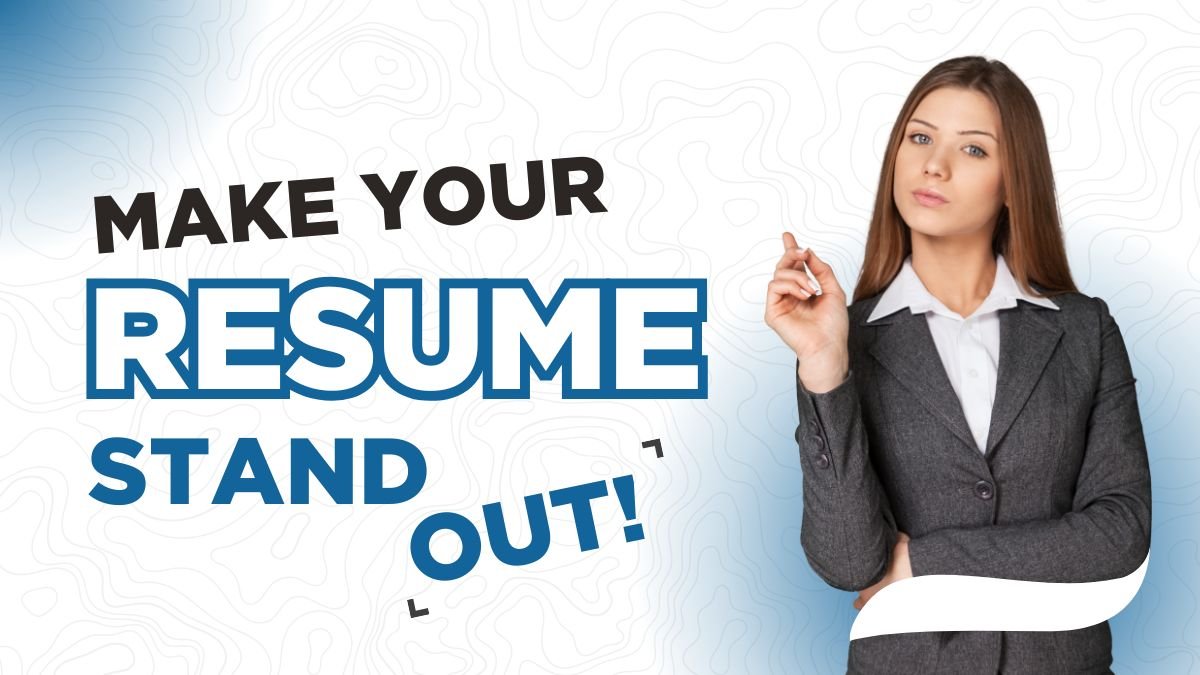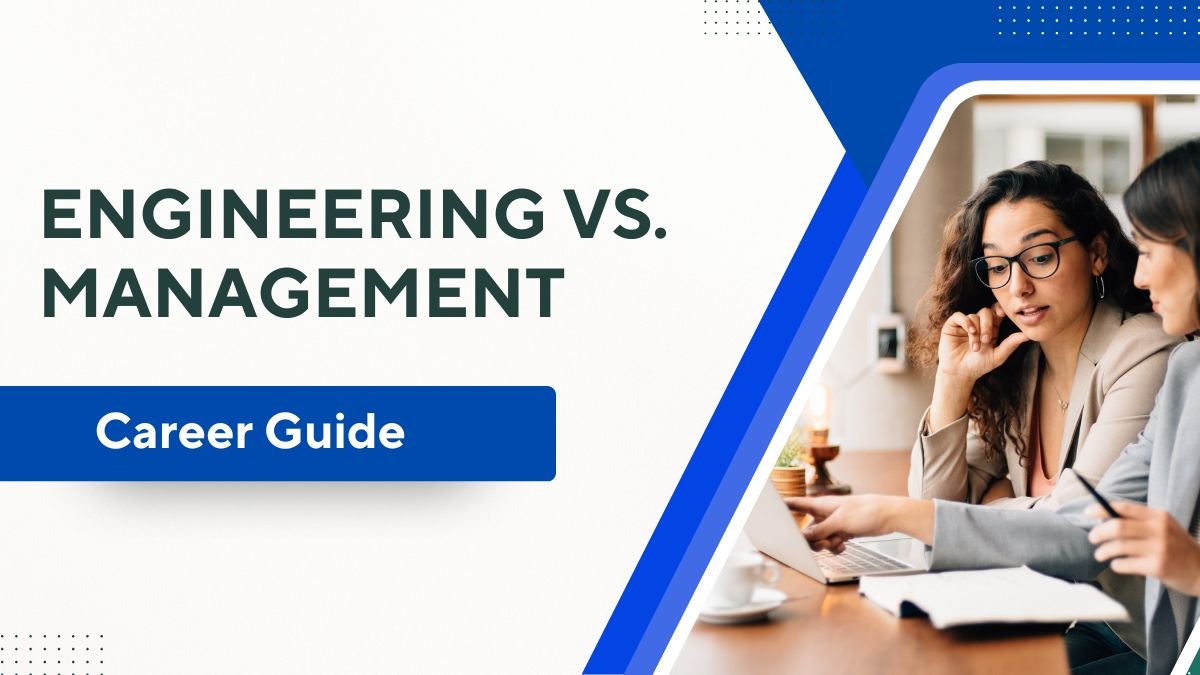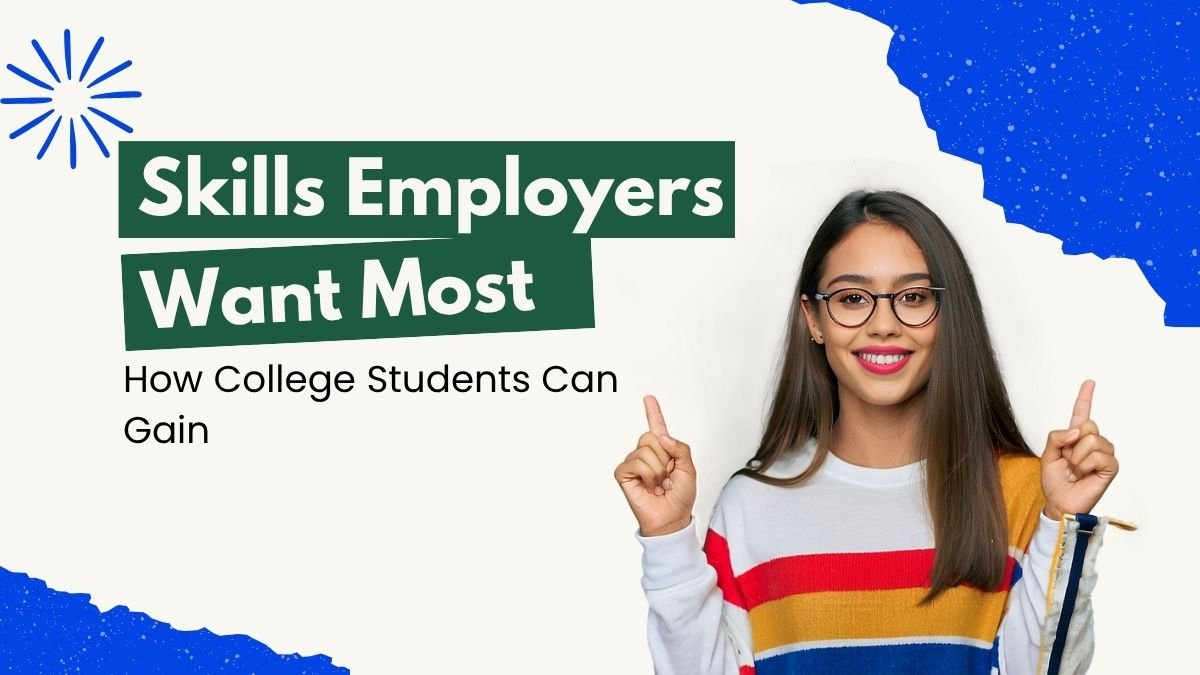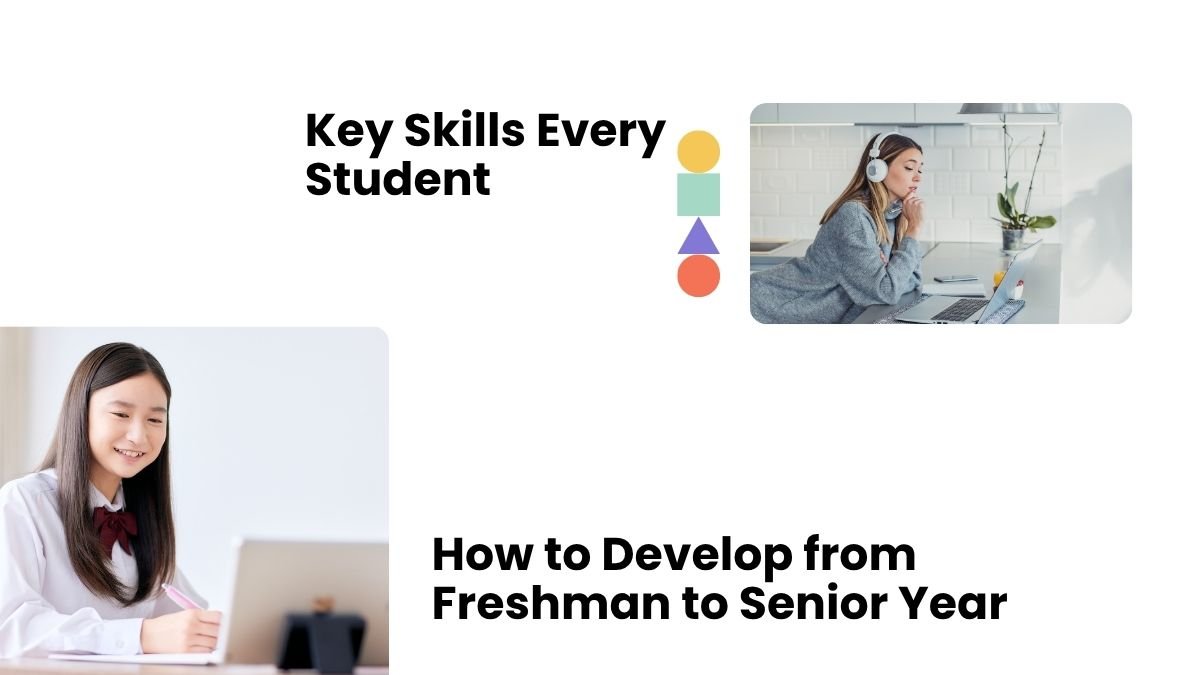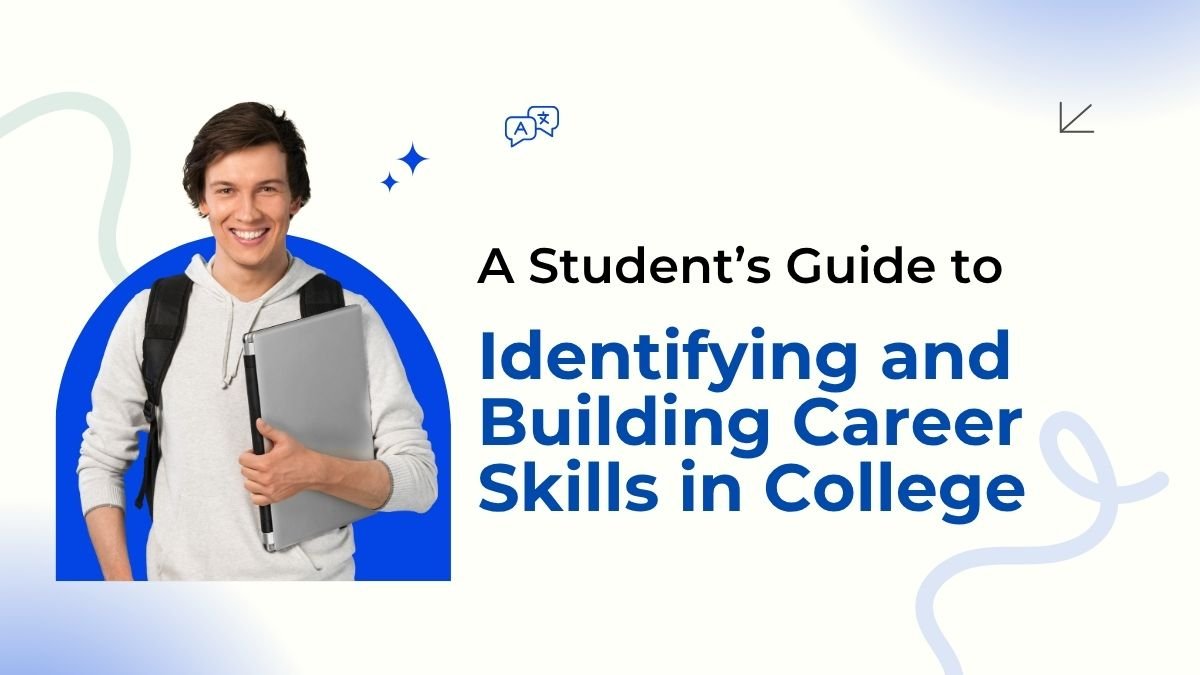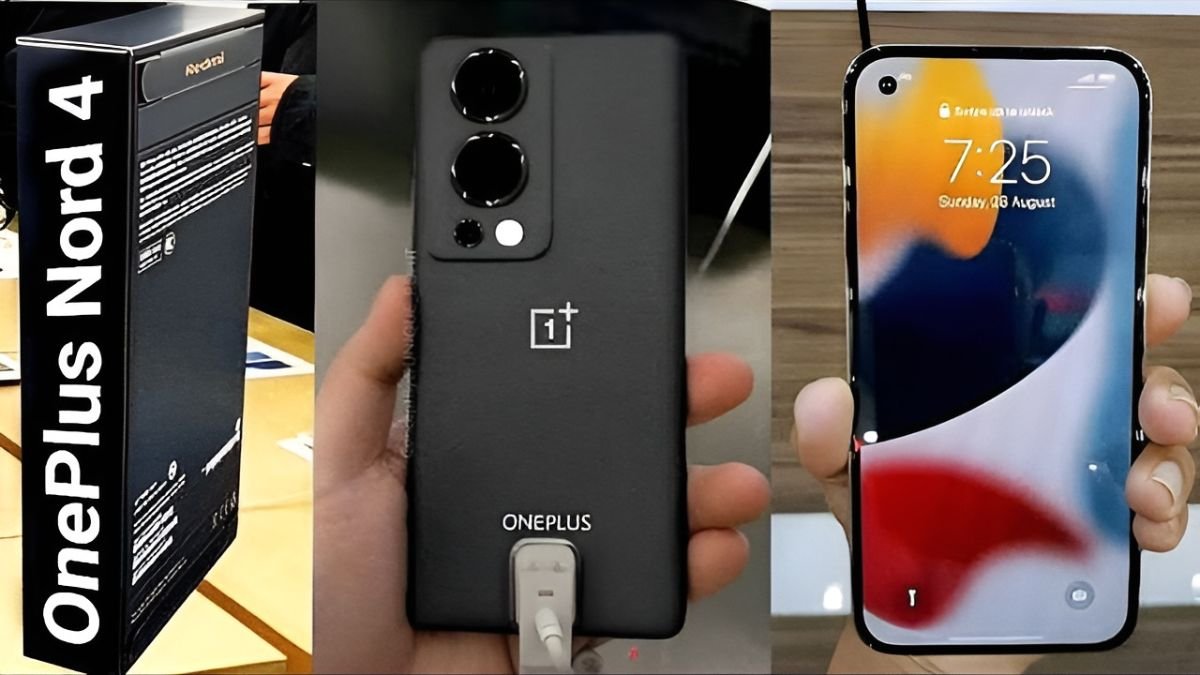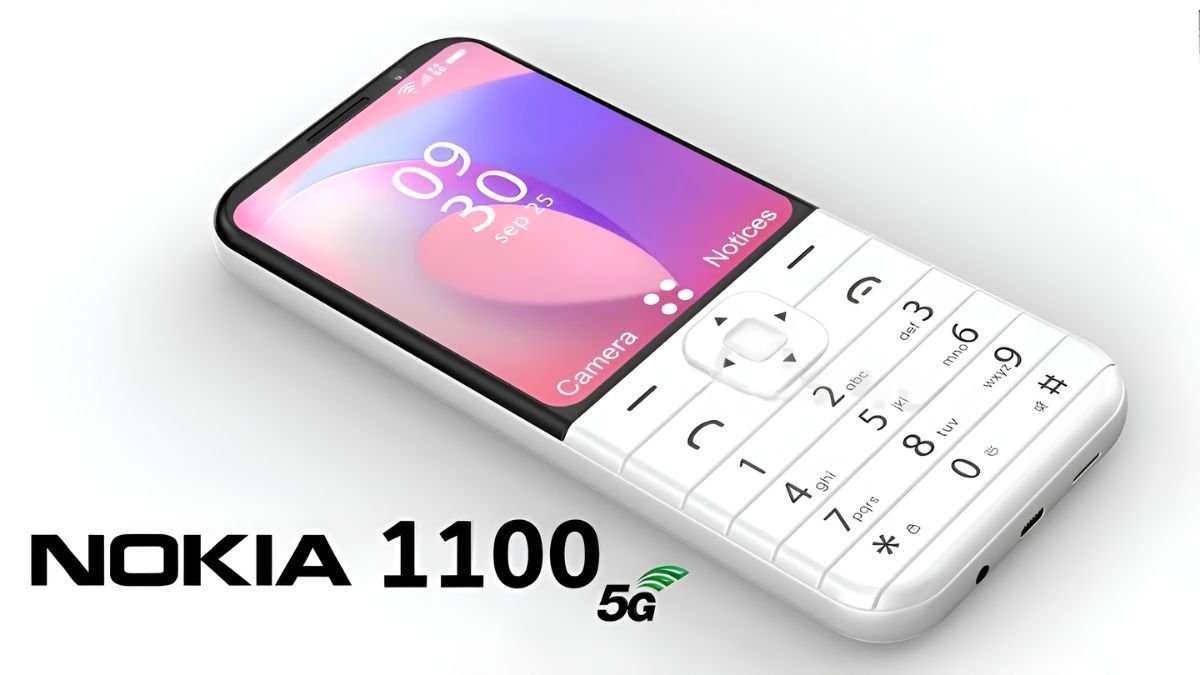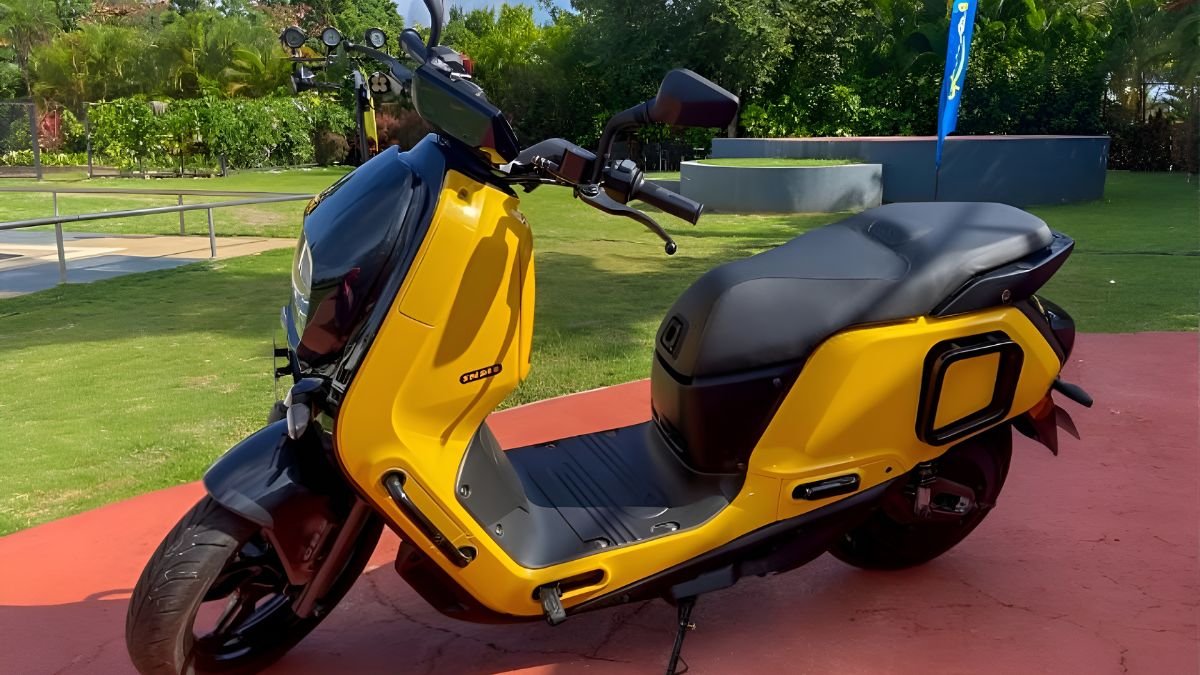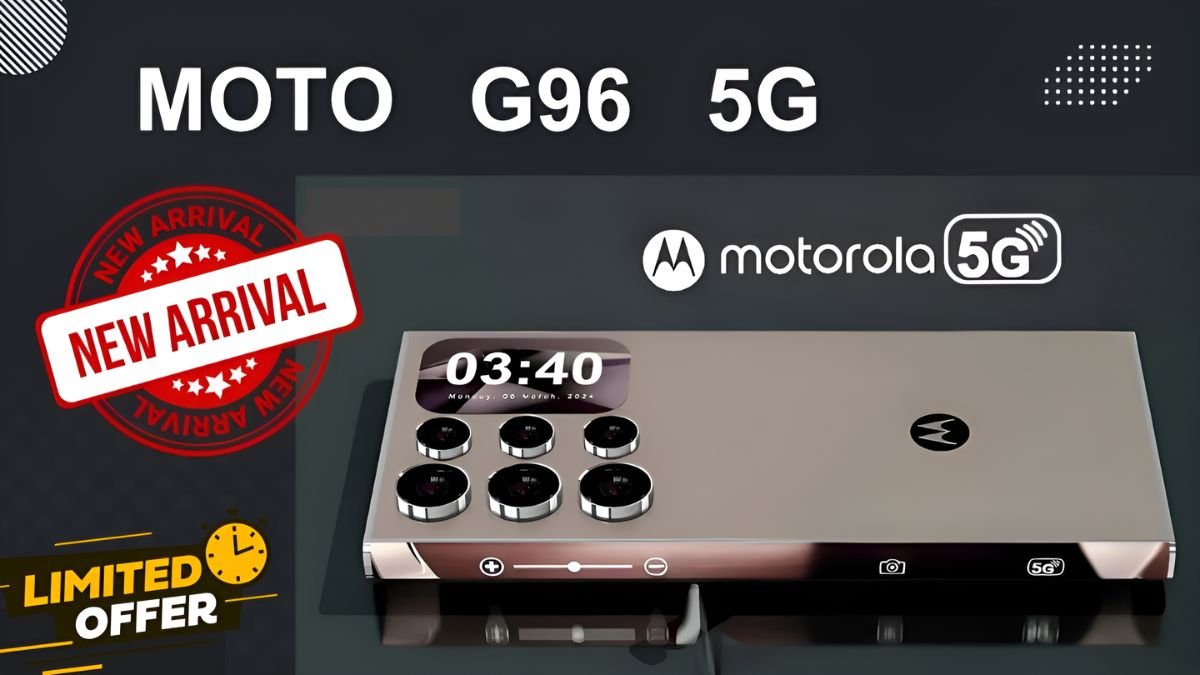When it nears the end phase of college, especially the final year for internship applications or placements, the importance of a well-organized and professional resume or CV can be underlined, for this is the very first document any employer looks at before calling one for an interview.
What is a Placement CV?
Placement CV (Curriculum Vitae) is a document that a student prepares during college for internship or full-time placement. Usually this is the first professional CV at the beginning of their career. Since students do not have much work experience, this CV mainly highlights their studies, skills, courses, projects and extra activities.
For example, if you participated in debate, NSS, or a coding hackathon in college, include them as it shows your activeness and learning attitude.
How to structure your placement resume?
The resume should be such that anyone who scans it can quickly understand what you are saying. The more clean and professional it is, the more impressive it will be.
Minimum points:
- It should not be more than one or two pages.
- Give information in bullet points so that it is easy to read.
- Bold the headings so that it is easy to navigate.
- Do not add too much design. Keep the design simple and clean.
- Include photos only if the company specifically asks for it.
How to write a good resume? (Step-by-step guide)
1. Read the job description carefully
Get acquainted with the role’s function and responsibilities for which you are applying in placement; it will assist you in determining what skills and experiences you need to highlight in your CV.
Example: If the job description asks for “teamwork” and “Excel proficiency”, mention these in your projects and course work.
2. Include contact information
Give your contact details at the top of the CV so that the company can contact you easily.
- Include full name, mobile number, and professional email ID.
- Also provide a link to LinkedIn profile or portfolio website, if any.
- Avoid unnecessary information such as address or photo (unless specifically asked for).
3. Write a personal profile
This is a short paragraph that gives a first glimpse of you.
- It should be 3–4 lines long.
- Mention your education, interests, and key skills.
- This part should reflect enthusiasm and confidence.
Example: “Being a fourth-year student in the Department of Chemistry, I have a liking toward Electrochemical materials and Electrochemistry-related subjects as my fascinating and theoretical subjects.” I have organised several events at the college level and am passionate about digital marketing.”
4. Education details
- Detail your educational background.
- This is where you ought to write the name of the college, course, and batch pass out year.
- Keep in mind that if you have scored best in any subject or have awarded something, you need to include this.
- Mention some important topics from your course that are relevant to the job.
5. Highlight skills
List the key skills you have that match the job.
- Proficiency in Microsoft Excel and PowerPoint
- Ability to work in a team
- Effective communication skills
- Problem-solving skills
6. Show your achievements
Any achievement, no matter how small, shows your confidence and efforts.
- Mention scholarships, dean’s list, or college awards.
- You can also write about participating in or winning a competition.
- Mention any club or society you have played a role in.
7. Include hobbies and interests
This section shows the employer another aspect of your personality.
- Include hobbies that show a positive image of your personality such as volunteering, sports, writing or blogging.
- Limit to only 2-3 points.
8. Add references
References add credibility to your profile.
- Give the name, position, institution and email of your teacher, mentor, or project guide.
- Or you can write “Available upon request”.
9. Review your resume
- Reread the resume carefully to avoid any mistakes.
- Check the spelling and grammar.
- The formatting should be clean — all headings and spacing should be the same.
- Get it checked by a trusted friend or mentor.
- Make sure all links and emails are working properly.
Additional Tips
Structure and Formatting
- Keep it to one page at most.
- Keep the format clean and simple. Don’t overdo it with color or design to make it look attractive.
- Save your CV as a PDF.
- Bold headings and make sure different sections are clearly visible.
Focus on Content
- Show experience and skills related to the role you are applying for.
- Mention something you have done in a startup, NGO, or college club — it shows your “proactive” nature.
- Use numbers: “Got 300 students to participate in a college event” or “Increased 1000 followers on a social media page.”
Conclusion
A good placement resume can be a strong start to your career. Even if you don’t have work experience yet, if you have, it’s important to have a good resume.
If you have properly showcased your education, skills and initiative, then no one can stop you from getting a job.
Remember — a resume is not just a piece of paper, it is a medium to showcase your personality, attitude and confidence. Make it with full attention and confidence.

Bryan is a thoughtful writer who enjoys creating simple and useful content to help readers make informed decisions. His writing is focused on clarity, support, and real-life guidance.
